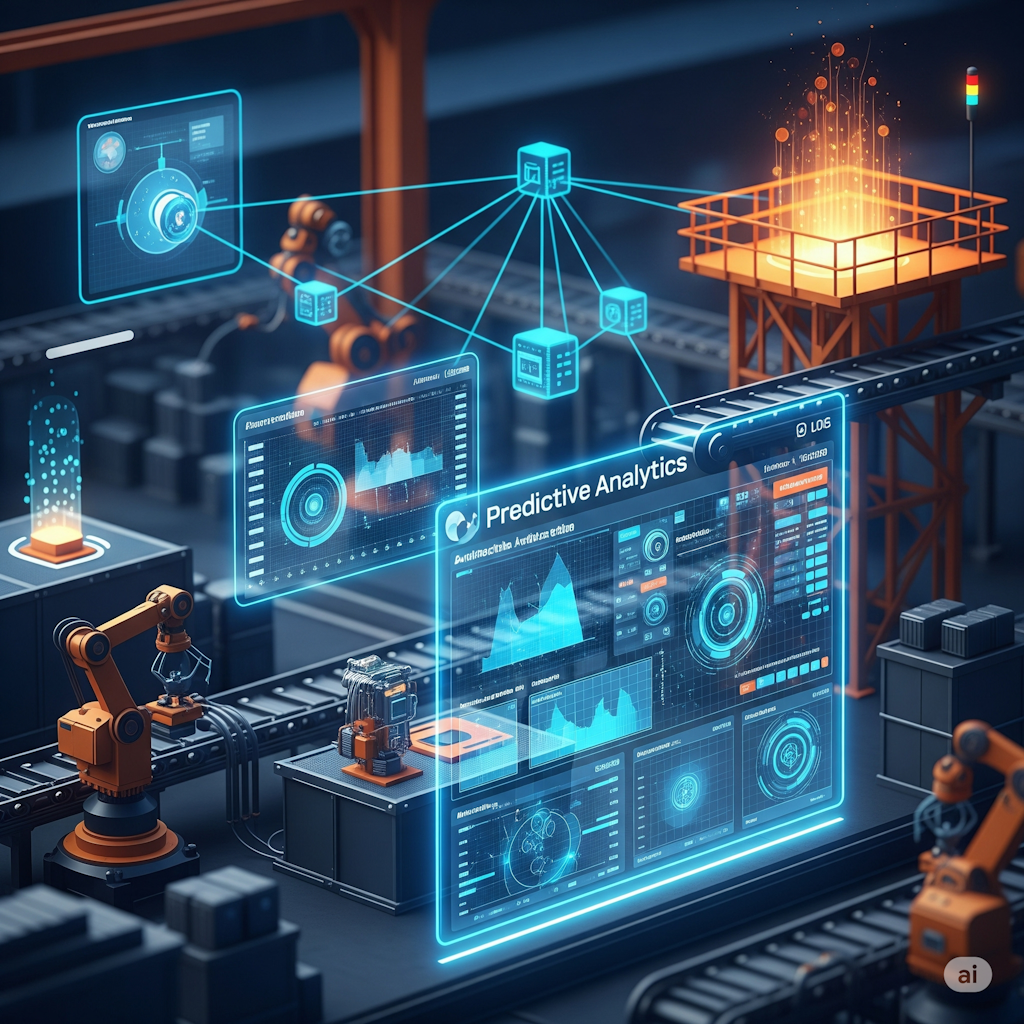Is the Future of Injury Prevention Predictive Analytics?

In a world where data drives decisions, it's no surprise that predictive analytics is changing how we look at safety and injury prevention. But what does that mean for the average person, and could it possibly stop accidents before they happen?
This article breaks down how predictive analytics works. We'll talk about why it matters and how it might shape the future of safety in everyday life, from the workplace to the highway.
What Is Predictive Analytics?
Predictive analytics is a type of data analysis that uses past information to forecast future outcomes. In simpler terms, it looks at patterns like weather trends or traffic data and uses those patterns to make educated guesses about what might happen next.
In the context of injury prevention, predictive analytics can identify high-risk behaviors, environments, or situations before an injury occurs.
Where Is Predictive Analytics Used?
While predictive analytics might sound like a thing of the future, it's being used right now by many companies around the world. It may already be in your workplace, vehicle, healthcare practices, and elements of daily life.
The Workplace
Workplaces, especially in industries like construction, warehousing, and manufacturing, are already using predictive analytics to reduce accidents. These environments involve repetitive tasks and heavy machinery, making them more prone to injury. Predictive models can analyze when and where injuries are most likely to occur based on factors like shift length, fatigue, previous incidents, or weather conditions.
For example, many companies now use wearable devices to track workers' movements and postures. If the data shows that a worker is frequently lifting incorrectly, the system can alert them or their supervisor before an injury happens. This approach doesn't just help people avoid pain — it can also save businesses money by preventing time off work and expensive medical bills.
Transportation
Some modern cars already use predictive tools like collision warning systems and adaptive cruise control. These systems collect and analyze data in real time to help drivers avoid accidents. For example, if your car senses you're about to hit the car in front of you, it may warn you or even brake for you.
Transportation agencies are also getting involved. Cities use predictive analytics to study crash-prone areas, traffic patterns, and pedestrian movements. With this data, they can redesign intersections, adjust speed limits, or increase signage in dangerous zones.
Healthcare
Hospitals and clinics are using predictive analytics to reduce patient-related injuries, as well. This includes falls, infections, or complications after surgery.
By looking at categories like age, medical history, and vital signs, healthcare providers can identify patients who are more likely to experience a negative outcome and act early to prevent it. Predictive analytics turns reactive care into proactive care, which improves outcomes and lowers long-term costs.
Everyday Life
Even if you don't work on a construction site or drive a smart car, predictive analytics may still affect your life. Fitness apps, for example, use data to suggest safer workouts based on your past activity and health goals. Insurance companies use predictive models to set your rates, rewarding safe behavior and potentially flagging riskier choices.
Schools and public health agencies are also starting to use predictive tools. They can monitor patterns in sports injuries among student-athletes or assess mental health risks. Over time, this could lead to better policies, earlier interventions, and safer environments for all.
What About Data Privacy?
Though predictive analytics can have many helpful uses, privacy is still a concern. People want to know how their data is collected, who sees it, and how it's used.
Regulations like the Health Insurance Portability and Accountability Act (HIPAA) and the General Data Protection Regulation (GDPR) aim to protect personal data, but users must also be aware of their rights and responsibilities.
If predictive analytics is used in your workplace, talk to your HR representative or supervisor about your options to opt out of certain tracking metrics. You can also turn off data tracking on your phone.
Without sharing your data, it's much harder to reap the full benefits of predictive analytics. Sharing your data can help it be interpreted carefully (and by the correct people), but proceed with caution. You'll still want to be in control of who sees your information and what is done with it, and for many people, that matters more than the benefits.
What if Predictive Analytics Doesn't Work? When Accidents Still Happen.
While predictive analytics aims to reduce accidents, it doesn't eliminate them. When injuries occur, the data from predictive systems can become valuable evidence in a legal case. For example, if an employer ignores data showing a pattern of accidents in a specific area, it might help prove negligence.
If a car's safety system failed to alert the driver or malfunctioned, predictive analytics databases could support a personal injury lawyer's argument for a fair settlement. Lawyers increasingly rely on digital evidence, including GPS data, surveillance footage, or machine logs, to support injury claims.
The Bottom Line: Future-Forward Injury Prevention
Predictive analytics may not be able to stop every accident, but it can help make our lives safer. From construction sites and hospitals to roads and fitness apps, the data we create daily is helping identify risks before they become problems.
However, even the best technology has limits. When prevention fails, a personal injury lawyer in Allentown can help you understand your rights and fight for fair compensation.
839GYLCCC1992



Leave a Reply